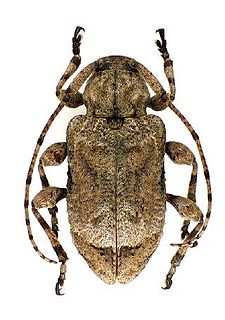Related Research Articles

The transverse abdominal muscle (TVA), also known as the transverse abdominis, transversalis muscle and transversus abdominis muscle, is a muscle layer of the anterior and lateral abdominal wall which is deep to the internal oblique muscle. It is thought by most fitness instructors to be a significant component of the core.

The transversus thoracis muscle, also known as triangularis sterni, lies internal to the thoracic cage, anteriorly. It is usually a thin plane of muscular and tendinous fibers, however on athletic individuals it can be a thick 'slab of meat', situated upon the inner surface of the front wall of the chest. It is in the same layer as the subcostal muscles and the innermost intercostal muscles.

In anatomy, the abdominal wall represents the boundaries of the abdominal cavity. The abdominal wall is split into the anterolateral and posterior walls.

The ilioinguinal nerve is a branch of the first lumbar nerve (L1). It separates from the first lumbar nerve along with the larger iliohypogastric nerve. It emerges from the lateral border of the psoas major just inferior to the iliohypogastric, and passes obliquely across the quadratus lumborum and iliacus. The ilioinguinal nerve then perforates the transversus abdominis near the anterior part of the iliac crest, and communicates with the iliohypogastric nerve between the transversus and the internal oblique muscle.

The conjoint tendon is a sheath of connective tissue formed from the lower part of the common aponeurosis of the abdominal internal oblique muscle and the transversus abdominis muscle, joining the muscle to the pelvis. It forms the medial part of the posterior wall of the inguinal canal.

The perineal artery arises from the internal pudendal artery, and turns upward, crossing either over or under the superficial transverse perineal muscle, and runs forward, parallel to the pubic arch, in the interspace between the bulbospongiosus and ischiocavernosus muscles, both of which it supplies, and finally divides into several posterior scrotal branches which are distributed to the skin and dartos tunic of the scrotum.

The crest of the ilium is the superior border of the wing of ilium and the superiolateral margin of the greater pelvis.

The transverse muscle of auricle is an intrinsic muscle of the outer ear.

The transverse perineal muscles are the superficial and the deep transverse perineal muscles.

The arcuate line of rectus sheath, the linea semicircularis, the arcuate line, or the semicircular line of Douglas, is a horizontal line that demarcates the lower limit of the posterior layer of the rectus sheath. It is commonly known simply as the arcuate line. It is also where the inferior epigastric vessels perforate the rectus abdominis.

The deep circumflex iliac artery is an artery in the pelvis that travels along the iliac crest of the pelvic bone.

The transversus menti, or transverse muscle of the chin, is a facial muscle that is often considered to be the superficial fibers of the depressor anguli oris muscle which cross to the other side of the face.

A transom is the vertical reinforcement which strengthens the stern of a boat. This flat termination of the stern is typically above the waterline.

Leptostylus transversus is a species of longhorn beetles of the subfamily Lamiinae. It was described by Gyllenhal in 1817.
Estolomimus is a genus of longhorn beetles of the subfamily Lamiinae, containing the following species:
Estolomimus maculatus is a species of beetle in the family Cerambycidae. It was described by Martins and Galileo in 2002. It is known from Brazil.
Estolomimus distinctus is a species of beetle in the family Cerambycidae. It was described by Martins and Galileo in 1997. It is known from Brazil.
Estolomimus pulvereus is a species of beetle in the family Cerambycidae. It was described by Martins and Galileo in 1997. It is known from Brazil.
Estolomimus apicale is a species of beetle in the family Cerambycidae. It was described by Martins and Galileo in 1997. It is known from Brazil.
Estolomimus solidus is a species of beetle in the family Cerambycidae. It was described by Stephan von Breuning in 1940. It is known from Brazil.
References
- ↑ BioLib.cz - Estolomimus transversus. Retrieved on 8 September 2014.